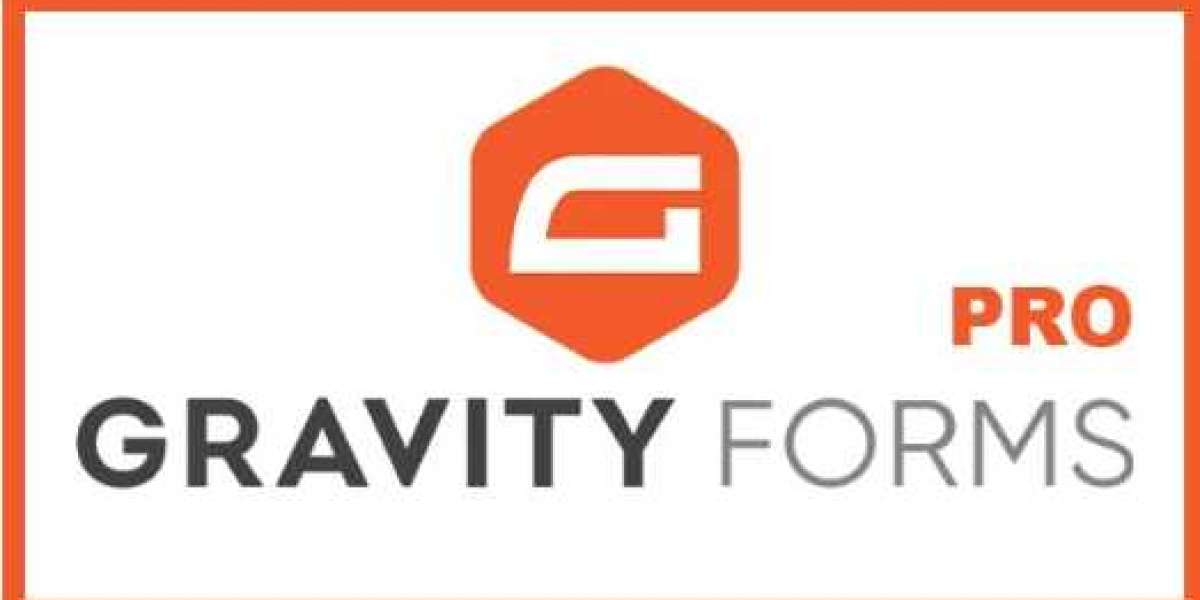Gravity Form is a powerful WordPress plugin that enables businesses to create highly customizable, user-friendly forms to boost engagement and drive conversions. This comprehensive guide explores advanced strategies, features, and best practices to optimize Gravity Forms for maximum conversion rates, delivering actionable insights for website owners, marketers, and developers.
Why Gravity Forms is Essential for Conversion Optimization
Gravity Forms stands out as a versatile tool for creating dynamic forms that capture leads, process payments, and streamline user interactions. Its intuitive drag-and-drop interface, combined with robust integrations, makes it a go-to solution for businesses aiming to enhance user experience and increase conversion rates. By leveraging conditional logic, multi-page forms, and seamless integrations with CRM and email marketing platforms, Gravity Forms empowers users to create forms that align with specific business goals, such as lead generation, e-commerce transactions, or customer feedback collection.
The plugin’s flexibility allows for tailored form experiences that resonate with target audiences. For example, conditional logic can display or hide fields based on user inputs, creating a personalized experience that reduces friction and encourages form completion. This adaptability is critical for improving user engagement and boosting conversions.
Crafting High-Converting Forms with Gravity Forms
Designing User-Friendly Form Layouts
A well-designed form is visually appealing, easy to navigate, and aligned with user expectations. Start by keeping forms concise, asking only for essential information to minimize user effort. Use Gravity Forms’ drag-and-drop builder to organize fields logically, grouping related inputs together. Incorporate clear labels and placeholder text to guide users through the process. For complex forms, enable multi-page functionality to break the process into manageable steps, reducing overwhelm and improving completion rates.
Visual elements like progress bars and clean, branded designs enhance user experience. Gravity Forms supports custom CSS, allowing developers to align forms with the website’s aesthetic. Ensure forms are mobile-responsive, as a significant portion of users access websites via smartphones. Testing forms across devices ensures seamless functionality, which directly impacts conversion rates.
Leveraging Conditional Logic for Personalization
Conditional logic is a game-changer for creating dynamic, user-specific forms. By showing or hiding fields based on user inputs, conditional logic streamlines the form-filling process, making it more relevant and engaging. For instance, an e-commerce form can display payment options only after a user selects a product, reducing clutter and focusing attention on relevant choices. This tailored approach increases the likelihood of form completion, directly contributing to higher conversion rates.
To implement conditional logic, access the form editor in Gravity Forms, select a field, and configure rules under the “Conditional Logic” tab. Test thoroughly to ensure logic flows smoothly, avoiding user confusion.
Integrating with Marketing Tools for Seamless Lead Management
Gravity Forms integrates seamlessly with popular marketing platforms like Mailchimp, HubSpot, and Salesforce, enabling businesses to capture and manage leads efficiently. By connecting forms to a CRM or email marketing tool, businesses can automate follow-up sequences, nurturing leads toward conversion. For example, a lead capture form can trigger an automated email campaign, delivering personalized content to prospects based on their form inputs.
To set up integrations, navigate to the “Settings” tab in Gravity Forms and select the desired add-on. Configure API keys and map form fields to the corresponding fields in the marketing tool. This automation saves time and ensures leads are promptly funneled into the sales pipeline, increasing conversion potential.
Optimizing Form Performance for SEO and Conversions
Using Keyword-Rich Form Titles and Descriptions
To improve search visibility, incorporate relevant keywords into form titles and descriptions. For example, a form titled “Free SEO Audit Request Form” is more likely to rank for related search queries than a generic title like “Contact Us.” Use Gravity Forms’ form settings to add descriptive, keyword-rich text in the form’s confirmation and notification messages, enhancing both user experience and SEO.
Reducing Form Load Times for Better User Experience
Slow-loading forms can deter users and hurt conversions. Optimize form performance by minimizing the number of fields, avoiding excessive scripts, and enabling caching plugins on WordPress. Gravity Forms is lightweight by default, but additional add-ons or custom code can impact load times. Use tools like Google PageSpeed Insights to identify and address performance bottlenecks.
Implementing A/B Testing for Continuous Improvement
A/B testing is critical for identifying high-performing form variations. Test different form layouts, button colors, or field arrangements to determine what drives the most conversions. Gravity Forms doesn’t include built-in A/B testing, but plugins like Google Optimize or Nelio A/B Testing can integrate with WordPress to facilitate testing. Analyze metrics like form completion rates and time spent on forms to refine designs and improve outcomes.
Advanced Features to Boost Conversion Rates
Enabling Payment Gateways for E-Commerce Forms
Gravity Forms supports payment gateways like PayPal, Stripe, and Square, making it ideal for e-commerce businesses. Create order forms that allow users to purchase products or services directly through the form. Use conditional logic to display dynamic pricing or product options, enhancing the shopping experience. Ensure secure payment processing by enabling SSL and complying with PCI standards, building trust and encouraging conversions.
Adding File Uploads for User-Generated Content
For forms requiring user-generated content, such as job applications or contest submissions, enable file upload fields. Gravity Forms allows customization of file types and size limits, ensuring users can submit relevant documents without issues. This feature is particularly useful for service-based businesses collecting portfolios or case studies, streamlining the process and improving user satisfaction.
Using CAPTCHA to Prevent Spam and Ensure Data Quality
Spam submissions can skew analytics and waste resources. Gravity Forms supports CAPTCHA integration, including Google reCAPTCHA, to verify human users. Enable CAPTCHA in the form settings to reduce spam while maintaining a user-friendly experience. Regularly review form submissions to ensure data quality, which supports accurate lead tracking and conversion analysis.
Tracking and Analyzing Form Performance
To maximize conversions, monitor form performance using analytics tools like Google Analytics or Gravity Forms’ built-in entries dashboard. Track metrics such as submission rates, drop-off points, and conversion funnels to identify areas for improvement. For example, if users abandon a multi-page form on the second page, consider simplifying that section or adding motivational copy to encourage completion.
Integrate forms with Google Tag Manager to track specific events, such as button clicks or form submissions. This data provides insights into user behavior, enabling data-driven optimizations that enhance conversion rates.
Conclusion: Mastering Gravity Forms for Long-Term Success
Mastering Gravity Forms requires a strategic approach to design, personalization, and integration. By leveraging its advanced features—conditional logic, integrations, payment gateways, and analytics—businesses can create forms that not only capture leads but also drive meaningful conversions. Implement user-friendly designs, optimize for SEO, and continuously test and refine forms to stay ahead of the competition. With these strategies, Gravity Forms becomes a powerful tool for transforming user interactions into measurable business outcomes, ensuring long-term success in the digital landscape.



